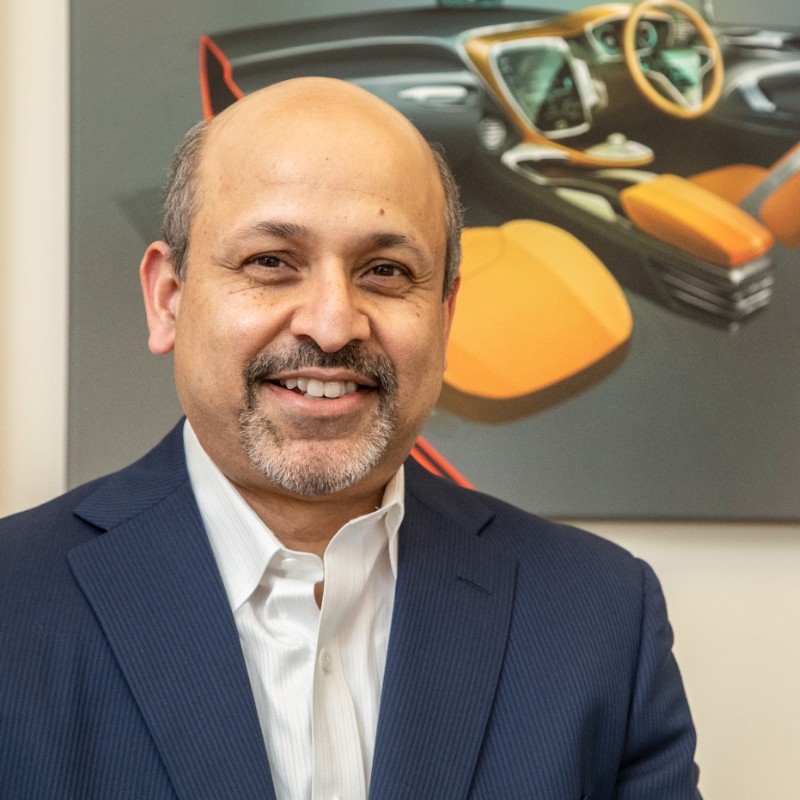Visteon, a global Tier 1 automotive company, is gearing up for further investments in the Indian market, with a focus on localizing backlight manufacturing. The company is set to invest approximately USD 20 million in this initiative.

Sachin Lawande, President & CEO of Visteon Corporation, revealed that the company is strategizing the localization of backlight manufacturing in India, requiring an estimated investment of USD 20 million. The project is slated for decision and commissioning within the year, with considerations on the location, possibly in Chennai or an alternative site for a second manufacturing base.
This new plant aligns with Visteon’s broader strategy for the Indian market, particularly within the cockpit electronics segment. Lawande emphasized India as the primary market for investing in vertical integration of display manufacturing, aiming to enhance display content production locally.
Visteon has already allocated USD 20 million to establish five manufacturing lines at its Chennai facility, boasting a capacity of over 1.5 million displays annually. Lawande noted that two lines are operational, with the remaining three scheduled to commence production by year-end.
Regarding the location of the new factory, Visteon is exploring potential sites, considering options such as Chennai and Chakan. Lawande acknowledged the successful performance of the Chennai plant but highlighted space constraints. However, he expressed optimism about commencing operations in Chennai with this new investment.
India’s rapid growth in the automotive sector has positioned it as a key market globally. Lawande projected India’s passenger car market to reach 7-8 million units in a decade, with electric vehicles accounting for around 30% of the market share. Visteon anticipates significant opportunities in the electric powertrain business in the future while currently focusing on cockpit electronics.
Beyond automotive ventures, Visteon is eyeing opportunities in India’s energy storage market. Lawande emphasized the company’s interest in energy mobility, envisioning a future where electric vehicle OEMs contribute to energy storage solutions by utilizing idle vehicles as battery storage units for grid energy discharge during downtime.


Leave a Reply